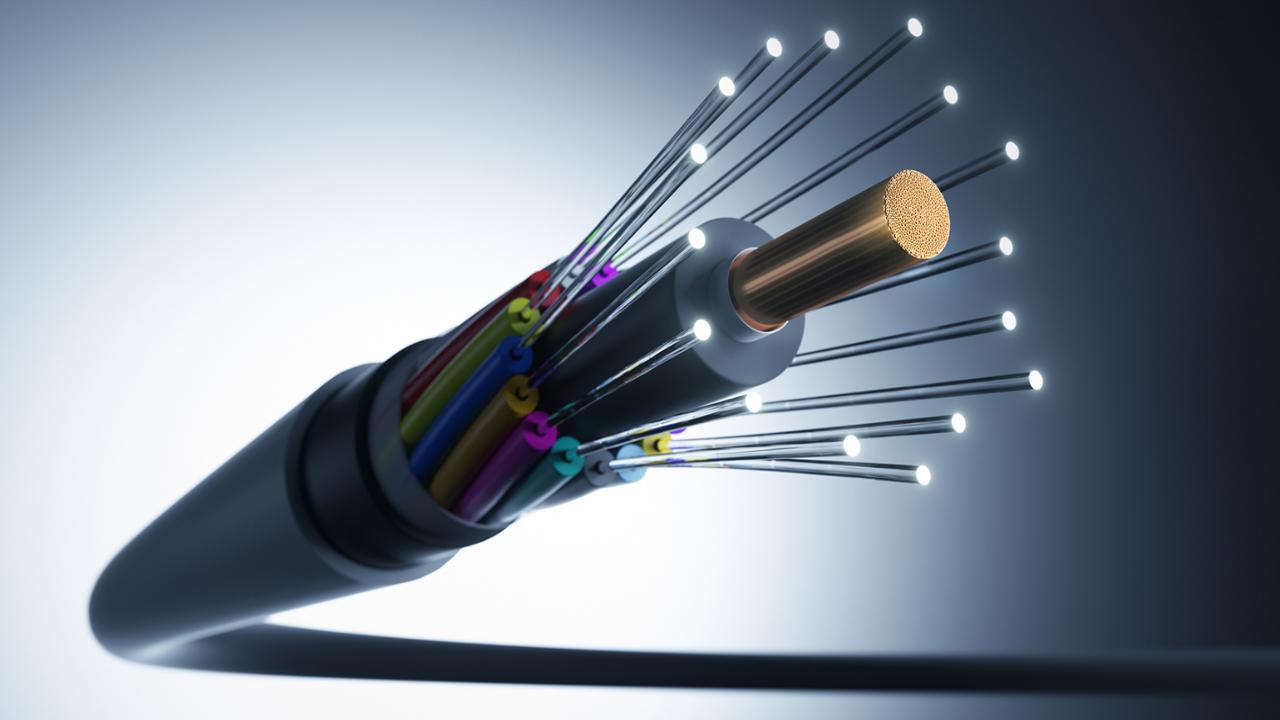The world is increasingly moving towards sustainable solutions in every industry, and telecommunications is no exception. One significant advancement in this sector is the development of Air Blown Fiber Optic Cables. This article explores the various ways in which these cables contribute to environmental sustainability, making them a preferable choice in modern network infrastructure.
Reduced Ecological Disruption During Installation
Let’s now turn our attention to a key environmental advantage of Air Blown Fiber Optic Cables: their ability to reduce ecological disruption during installation.
Minimizing Ground Disturbance
Air blown fiber optic cable installation is notably less invasive compared to traditional cable laying methods. While traditional methods often require extensive trenching, These cables can be installed using smaller conduits and existing pathways. This approach significantly reduces soil disruption, preserving the natural landscape and minimizing the impact on local ecosystems.
Lower Carbon Footprint
The reduced need for heavy machinery during the installation of air blown fiber optic cable also leads to a lower carbon footprint. Traditional cable laying is equipment-intensive, leading to higher fuel consumption and increased greenhouse gas emissions. In contrast, the installation process is more energy-efficient, contributing to a reduction in overall carbon emissions.
Enhanced Energy Efficiency
Moving from the minimal physical impact of installation, we come to another pivotal advantage of Air Blown Fiber Optic Cables: Enhanced Energy Efficiency.
Material and Production Efficiency
The materials and production process are more energy-efficient than those of traditional cables. The lighter weight and reduced raw material usage contribute to lower energy consumption during both manufacture and transportation.
Long-Term Operational Efficiency
These systems are also more energy-efficient in operation. Their advanced technology ensures less energy loss during signal transmission, leading to a more efficient network with a smaller environmental footprint over its lifetime.
Scalability and Waste Reduction
Following the theme of energy efficiency, the next crucial benefit of Air Blown Fiber Optic Cables lies in their Scalability and Waste Reduction, ensuring sustainable network growth with minimal environmental impact.
Adaptive Network Expansion
The scalable nature of this system is a significant environmental advantage. They allow for network expansion without the need for complete system overhauls. This adaptability means that as network demands grow, the system can be upgraded without significant waste generation or resource consumption.
Reduced Material Wastage
These systems significantly cut down on material waste. Since these cables can be easily added to existing networks, there is a reduced need for new materials, leading to less waste produced and a more sustainable use of resources.
Durability and Lifespan
Beyond their scalability, Air Blown Fiber Optic Cables also excel in Durability and Lifespan, ensuring long-term reliability and further lessening their environmental footprint over time
Longevity Reduces Replacement Frequency
They are more durable and less susceptible to damage than traditional fiber optic cables. This increased lifespan means that they require replacement less frequently, reducing the resources needed for manufacturing and installation over time.
Lower Overall Environmental Impact
The durability translates into a lower overall environmental impact. With fewer replacements and maintenance required, the lifecycle carbon footprint of these cables is significantly reduced.
Conclusion
Air Blown Fiber Optic Cables are not just a technological innovation; they represent a crucial step toward more sustainable practices in the telecommunications industry. Their reduced ecological disruption during installation, enhanced energy efficiency, scalability, and durability make them an environmentally friendly alternative to traditional cabling systems. As the world gravitates towards greener solutions, these stand out as a key technology in reducing the environmental impact of telecommunications infrastructure.
